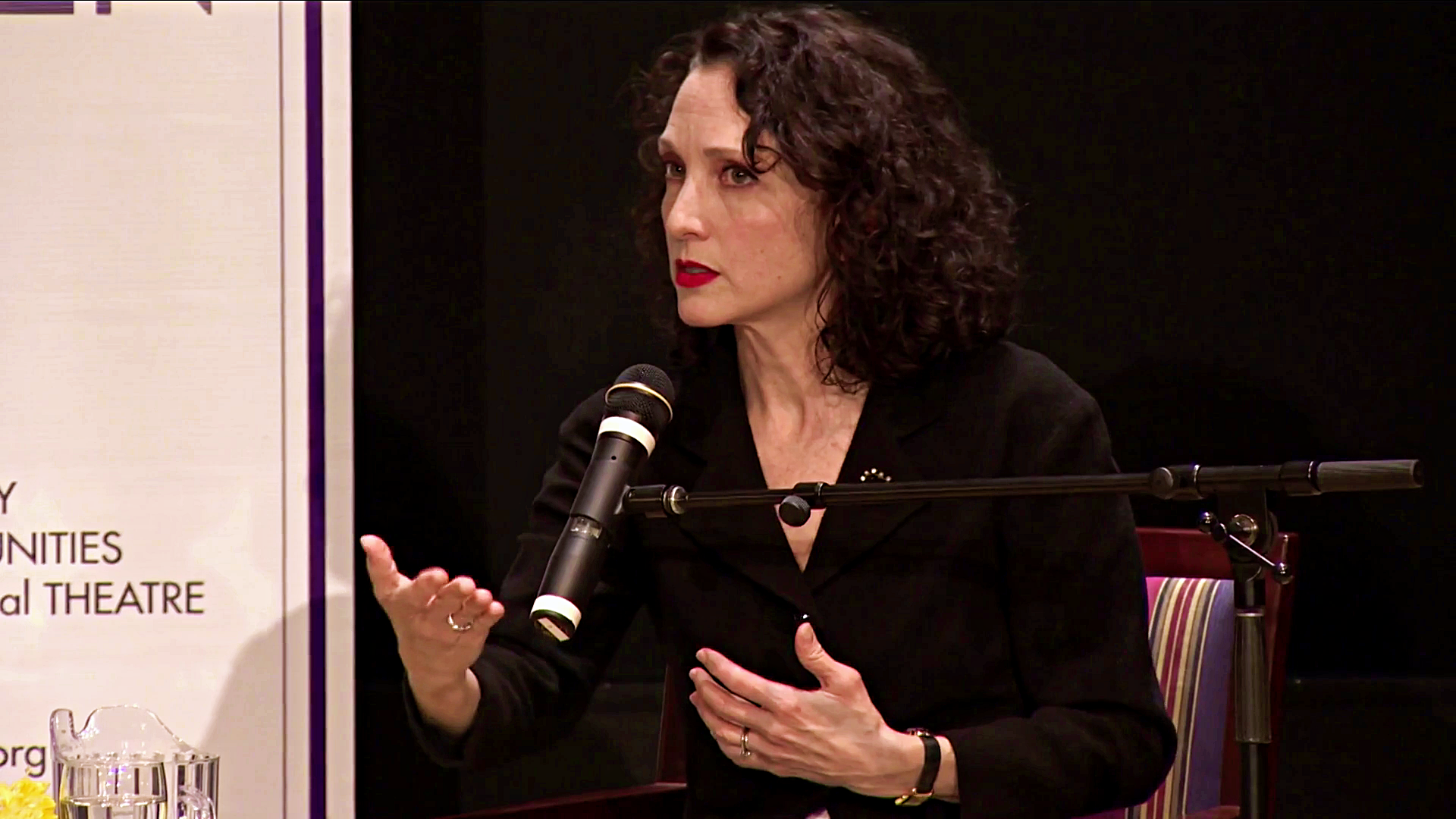
What’s So Queer about The Nanny?
During my break between the fall and spring semester of classes, I binge watched all six seasons of The Nanny in about three weeks. In the final stretch of episodes, I slowed down my pace because I dreaded leaving the world of this little show behind. Sure enough, by the time Barbra Streisand’s “The Way We Were” played over Fran’s last moments in the Sheffield brownstone, I was sobbing. I don’t usually react so viscerally to fiction, and the intensity of my feelings worried me as days passed and my chest still ached every time my thoughts wandered to the show. It wasn’t until after the Capitol riots shocked me out of my fugue that I was able to put my feelings in perspective. Still, I wondered: Why does this show have such a hold on me and so many other queer people?

On Audience and Bebe Neuwirth’s “Real Live Girl”
In live performance there is a dialogic relationship between performer and audience wherein the audience listens for the “memory, desire, and hope” that well up in the performer and echo back their own, disparate impressions. Because of Neuwirth’s approach to performance, any lingering preoccupation with Bebe-Neuwirth-as-star falls by the wayside as the song and the story it tells take center stage. Spectators can fully immerse themselves in the narrative because they are unencumbered by the knowledge of an already-established import for its performer.

Closeted Queerness in Remains of the Day
There was a change in the atmosphere when Miss Kenton cornered Stevens, “almost as though the two of” them “had been suddenly thrust onto some other plane of being altogether.” That atmospheric shift is clear both in the novel and in the film; Miss Kenton’s tacit flirtation and Stevens’s refusal to match her intimacy creates a thick sexual tension. In the director and producer commentary track for the film, Emma Thompson observes that Stevens looked at Miss Kenton’s mouth, and that his hand was positioned so it looked as if he was about to caress Miss Kenton’s hair. Stevens was on the precipice of action here, but as Thompson puts it, he “just can’t bring himself to do it”—he must restrain himself from expressing his desire to maintain his exacting portrait of professionalism.

Looking for the Lesbian in Tootsie (1982)
Julie is blonde, beautiful, moderately famous and already entangled in a fraught relationship with the director (Ron) of the soap opera she stars in, and Dorothy is her new homely, older female co-star who has caught the eye of her widowed father, Les. How could Dorothy, perhaps the most unlikely candidate possible for winning her affection, be the one who troubles Julie’s understanding of her sexuality?